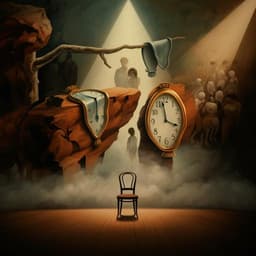
Humanities
Biancai (1011–1091) and his friends in the outside secular world: Longjing Monastery in the Northern Song (960–1127)
T. Lei
Explore the intriguing dynamics of Longjing Monastery's rise in popularity during the Northern Song Dynasty! This study by Tianyu Lei reveals how Abbot Biancai's strategic alliances with influential figures like Su Shi and Zhao Bian fostered a thriving community, blending literary and artistic collaborations to enhance the monastery's reputation.
~3 min • Beginner • English
Related Publications
Explore these studies to deepen your understanding of the subject.







